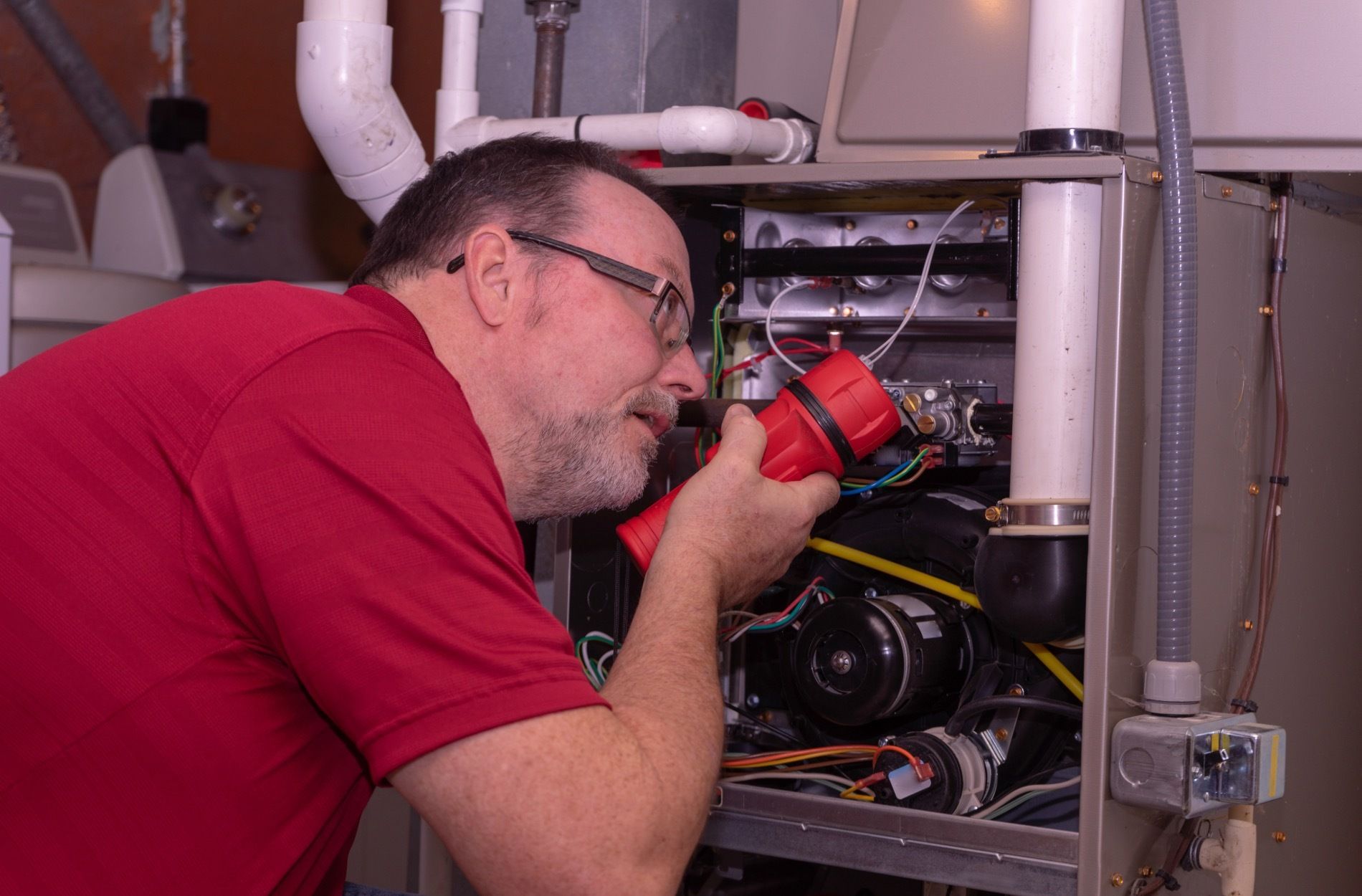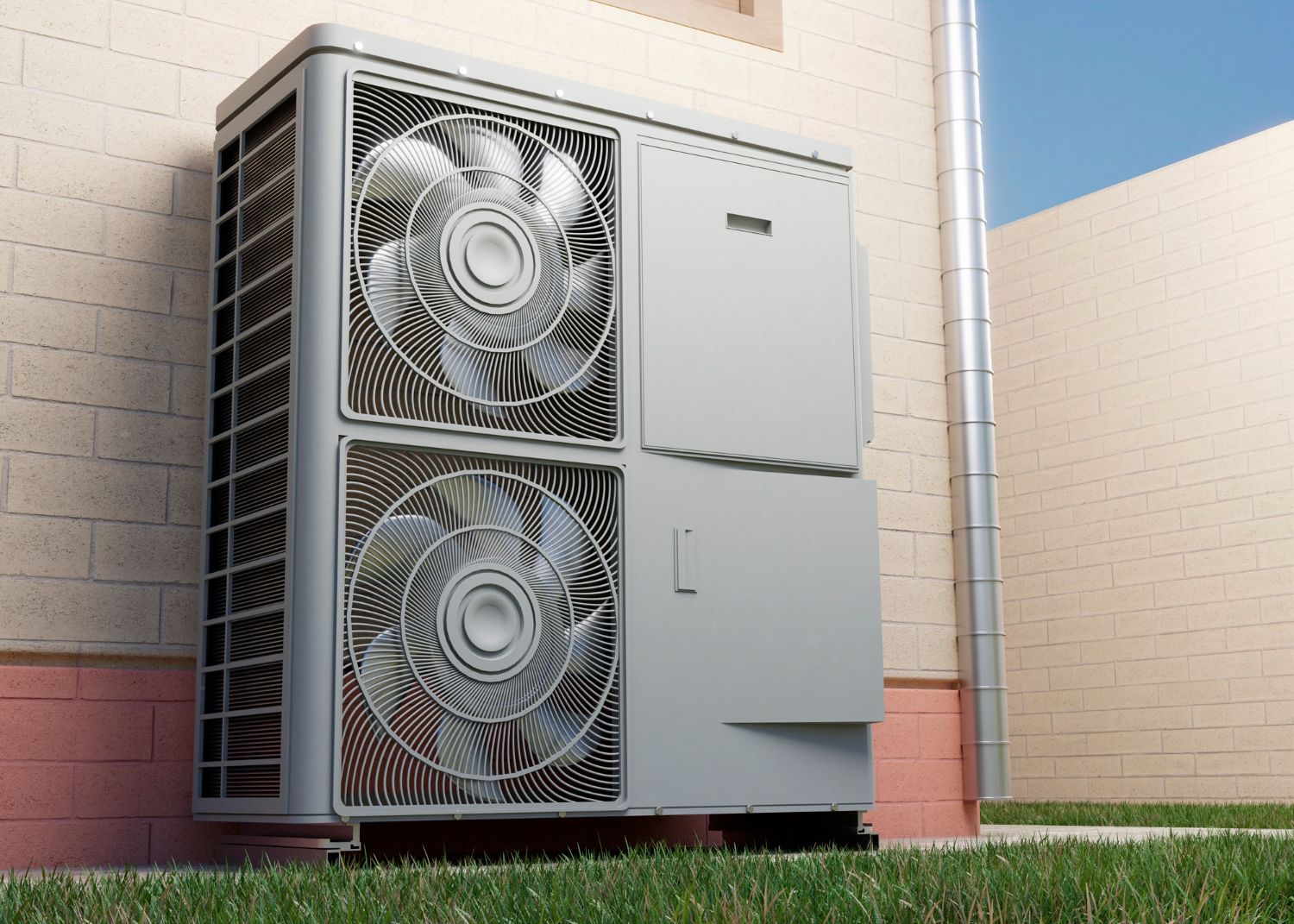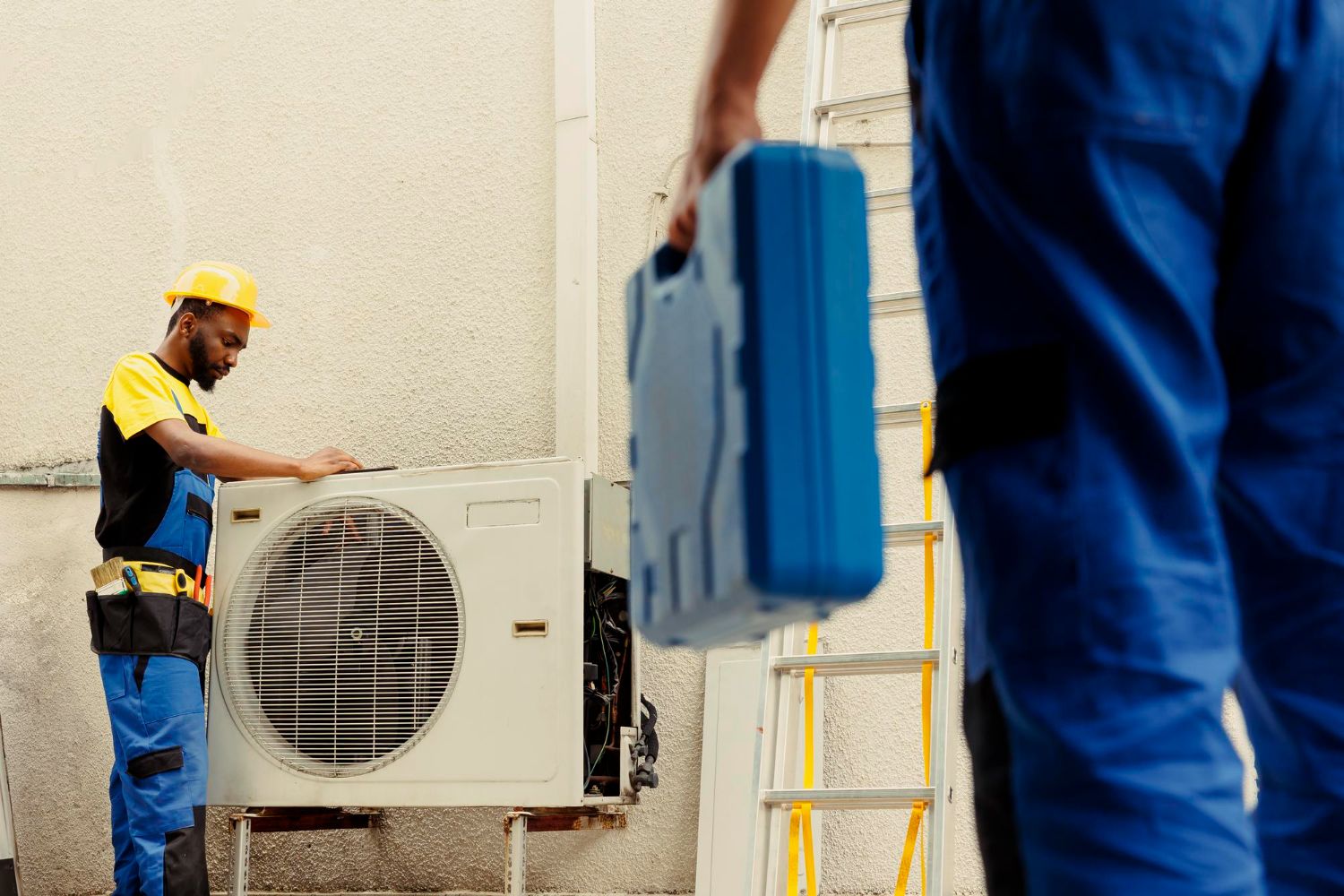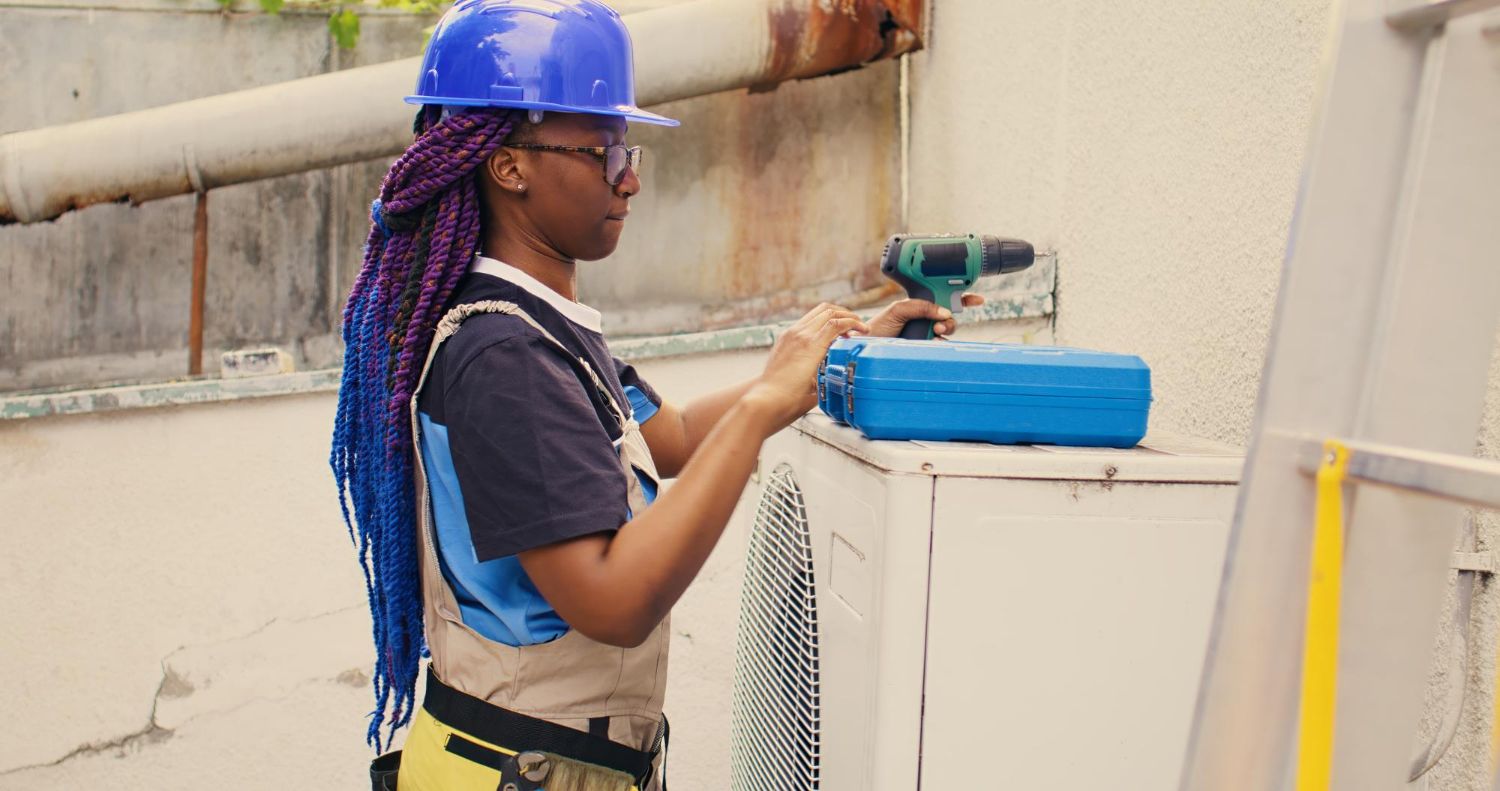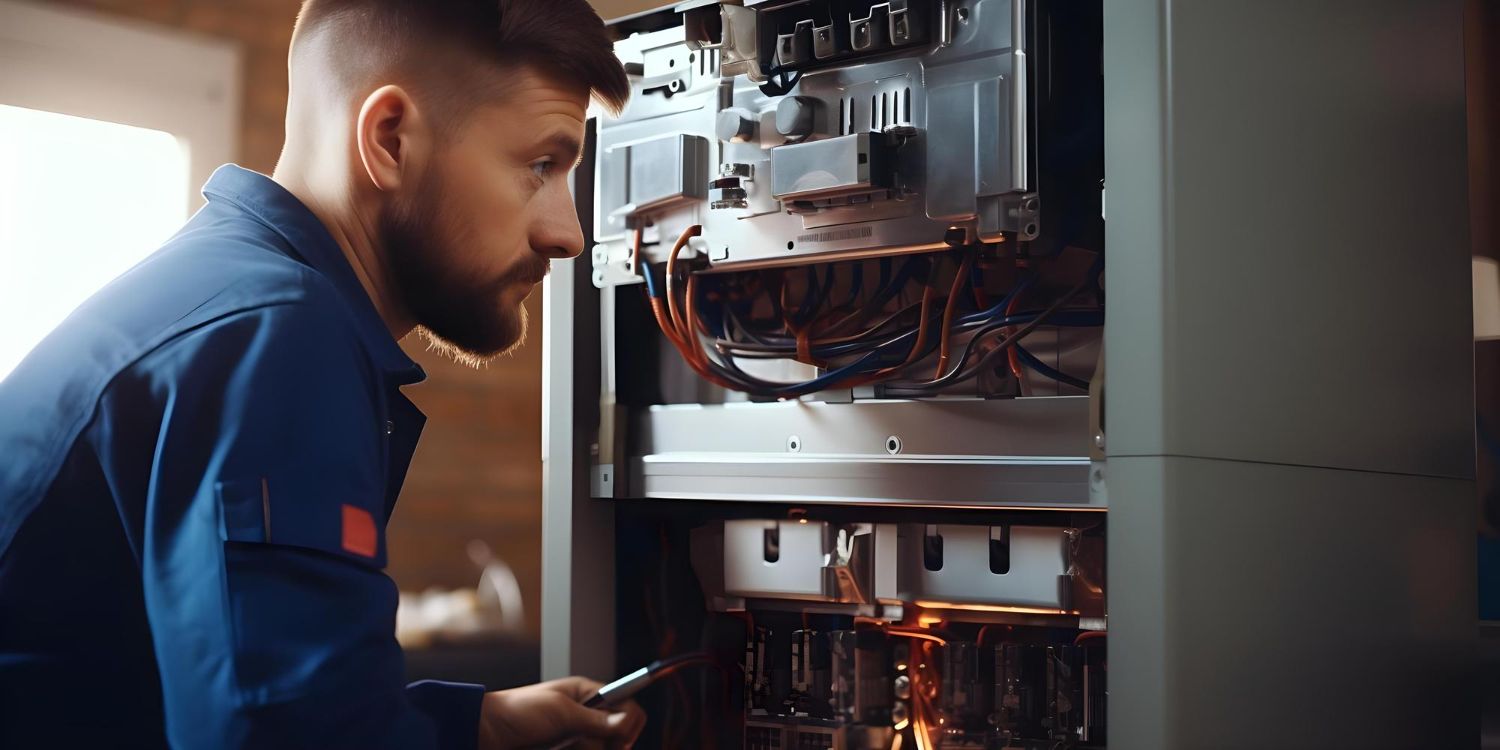
Heating Repair: Addressing No Heat Scenarios
Experiencing no heat in your home can be both frustrating and uncomfortable, especially during colder months. Understanding the steps to address heating repair can help you quickly identify and resolve the issue. Whether it’s a minor glitch or a major problem, being aware of the common causes and troubleshooting methods can be invaluable.
Common Causes of No Heat Scenarios
There are several common causes of no heat scenarios that homeowners may encounter. Understanding these causes can help you identify the problem and take action.
1. Thermostat Issues: One of the most common reasons for no heat is a malfunctioning thermostat. It could be as simple as having the wrong settings or needing new batteries. Sometimes, the thermostat itself may be faulty and require replacement.
2. Power Supply Problems: If your heating system isn’t receiving power, it won’t function. Check for tripped circuit breakers or blown fuses. Additionally, ensure the power switch near the furnace is turned on.
3. Ignition or Pilot Control Issues: Modern furnaces usually have electronic ignitions, while older models have pilot lights. If these components fail, the furnace will not ignite, leaving your home without heat.
4. Blocked Air Filters: A dirty or clogged air filter can restrict airflow, causing the furnace to overheat and shut down as a safety measure. Regularly changing the filters can prevent this issue.
5. Fuel Supply Issues: For gas furnaces, an interruption in the gas supply can stop the furnace from working. Ensure that your gas lines are open and functioning properly.
DIY Troubleshooting Steps
Before calling for professional help, there are several DIY troubleshooting steps you can take to potentially resolve the heating issue.
1. Check the Thermostat Settings:
Ensure the thermostat is set to “heat” mode.
Verify the temperature setting is higher than the current room temperature.
Replace batteries if applicable.
2. Inspect the Circuit Breaker:
- Locate the circuit breaker panel in your home.
- Check if the breaker for the heating system is tripped; if so, reset it.
- Ensure the power switch next to the furnace is in the “on” position.
3. Examine the Air Filter:
- Remove the furnace’s air filter and inspect it for dirt and debris.
- If the filter is clogged, replace it with a new one.
- Regularly changing the filter can prevent future issues.
4. Relight the Pilot Light:
- For older furnaces with a pilot light, follow the manufacturer’s instructions to relight it.
- Ensure the gas valve is open and supplying fuel.
5. Check Vents and Registers:
- Ensure all vents and registers are open and unobstructed.
- Clear any furniture or items blocking the airflow.
When to Call Our Professionals
While some heating issues can be resolved with DIY troubleshooting, there are certain situations where it is best to call our professionals for heating repair. Recognizing when expert intervention is needed can prevent further damage and ensure your heating system operates safely and efficiently.
1. Persistent No Heat Issues
If you’ve tried basic troubleshooting steps and your heating system still doesn’t produce heat, it may indicate a more complex problem that requires professional attention. Persistent issues can stem from deeper mechanical or electrical failures that need specialized tools and expertise.
2. Strange Odors or Noises
Unusual smells, such as a burning scent, or strange noises, like banging or rattling, can be signs of serious problems within your heating system. These issues may indicate failing components or unsafe conditions that need immediate professional inspection.
3. Frequent Cycling or Short Cycling
If your heating system frequently turns on and off, it could signal issues like a malfunctioning thermostat, improper airflow, or other internal problems. Short cycling can lead to increased wear and tear, reducing your system’s lifespan and efficiency.
4. System Age and Efficiency
Older heating systems are more prone to breakdowns and may operate less efficiently. If your system is more than 15 years old and experiencing frequent issues, it might be time to consider professional evaluation for repair or replacement options.
Preventative Maintenance Tips
Preventative maintenance is key to keeping your heating system running efficiently and avoiding unexpected breakdowns. By following some simple yet effective maintenance tips, you can extend the life of your heating system and ensure reliable performance throughout the colder months.
1. Regular Filter Changes:
- Replace furnace filters every 1-3 months, depending on usage and manufacturer recommendations.
- Clean filters ensure efficient airflow and reduce the strain on your system.
2. Inspect and Clean Vents:
- Periodically check vents and registers to ensure they are clean and unobstructed.
- Remove any dust or debris to maintain good airflow and improve air quality.
3. Schedule Annual Maintenance:
- Arrange for our professionals to perform an annual check-up on your heating system.
- Regular inspections can identify and fix minor issues before they develop into major problems.
4. Monitor Thermostat Settings:
- Keep your thermostat settings consistent to avoid unnecessary strain on your system.
- Consider using a programmable thermostat to optimize heating efficiency while you’re away or asleep.
5. Check for Leaks or Corrosion:
- Inspect your heating equipment and connected pipes for any signs of leaks or corrosion.
- Addressing these issues early can prevent more severe damage and costly repairs.
Conclusion
Addressing no heat scenarios involves understanding common causes, performing DIY troubleshooting, and knowing when to call our professionals. By taking these steps, you can quickly resolve heating issues and maintain a comfortable home environment. Regular maintenance plays a crucial role in preventing problems and extending the life of your heating system.
If you encounter persistent heating problems or need professional maintenance, rely on One Stop Heating and Air Conditioning to provide expert solutions. Our dedicated team is equipped to handle your heating repair in Sandy, UT, ensuring your system runs smoothly and efficiently. Contact us today to schedule an appointment and keep your home warm and comfortable!

